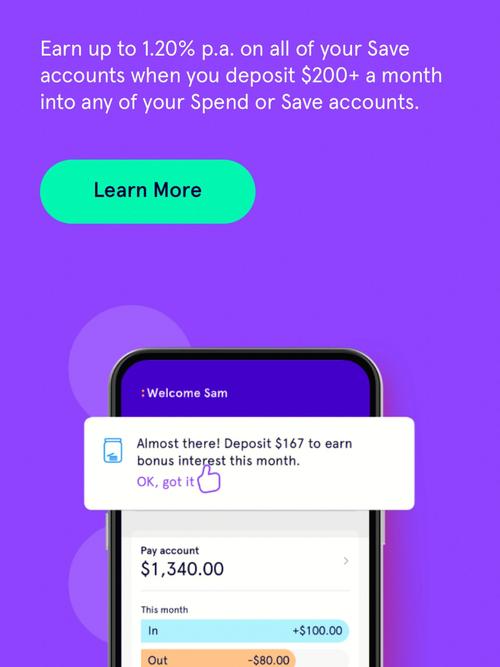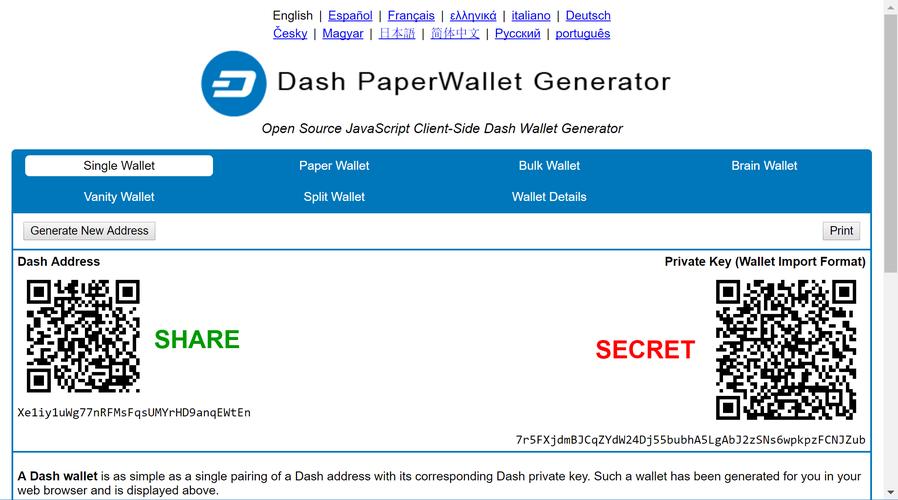
Deposit ETH into Polygon: A Comprehensive Guide
Are you looking to deposit Ethereum (ETH) into Polygon, the popular Ethereum scaling solution? If so, you’ve come to the right place. In this detailed guide, we’ll walk you through the process step by step, ensuring you have a seamless experience. Whether you’re a beginner or an experienced crypto user, this article will provide you with all the information you need.
Understanding Polygon
Polygon, formerly known as Matic Network, is a layer-2 scaling solution built on Ethereum. It aims to address the scalability issues faced by the Ethereum network, allowing for faster and cheaper transactions. By depositing ETH into Polygon, you can take advantage of these benefits and enjoy a more efficient and cost-effective crypto experience.

Why Deposit ETH into Polygon?
There are several reasons why you might want to deposit ETH into Polygon:
-
Faster Transactions: Polygon offers significantly faster transaction speeds compared to Ethereum. This means you can send and receive ETH more quickly, without the need to wait for long confirmation times.
-
Lower Fees: Polygon transactions are much cheaper than Ethereum transactions. This can save you a significant amount of money, especially if you’re making frequent transactions.
-
Interoperability: Polygon is designed to be compatible with Ethereum, allowing you to easily transfer assets between the two networks.

How to Deposit ETH into Polygon
Depositing ETH into Polygon is a straightforward process. Here’s a step-by-step guide to help you get started:
-
Choose a Polygon Wallet: The first step is to choose a Polygon wallet. There are several options available, including MetaMask, Trust Wallet, and Ledger Nano S. Make sure to select a wallet that supports Polygon and is compatible with your operating system.
-
Connect Your Wallet: Once you’ve chosen a wallet, connect it to the Polygon network. This can usually be done by visiting the Polygon wallet website and following the instructions provided.
-
Deposit ETH: In your wallet, navigate to the deposit section and select Ethereum. Enter the amount of ETH you wish to deposit and confirm the transaction. The transaction fee will be displayed, so make sure to review it before proceeding.
-
Wait for Confirmation: After you’ve confirmed the transaction, wait for it to be processed. This may take a few minutes, depending on the current network congestion.
-
Check Your Balance: Once the transaction is confirmed, your ETH will be available in your Polygon wallet. You can now use it to interact with Polygon-based dApps or transfer it back to Ethereum.
Understanding Transaction Fees
When depositing ETH into Polygon, it’s important to understand transaction fees. Here’s a breakdown of the key factors:
| Transaction Type | Transaction Fee |
|---|---|
| ETH Deposit | Varies based on network congestion |
| ETH Withdrawal | Varies based on network congestion |
| Smart Contract Deployment | Varies based on complexity and network congestion |
Transaction fees are determined by the current network congestion and the complexity of the transaction. To minimize fees, it’s recommended to deposit ETH during off-peak hours and to use a simple transaction.
Best Practices for Depositing ETH into Polygon
Here are some best practices to keep in mind when depositing ETH into Polygon:
-
Use a Secure Wallet: Always use a secure wallet to store your ETH. Avoid using exchanges or third-party services to hold your assets, as they may be vulnerable to hacking.
-
Double-Check Addresses: Before sending ETH to Polygon, double-check the wallet address to ensure you’re sending to the correct destination. A small typo can result in losing your ETH.
-
Stay Informed: Keep up-to-date with the latest news and updates regarding Polygon and Ethereum. This will help you stay informed about any changes or updates that may affect your experience.



